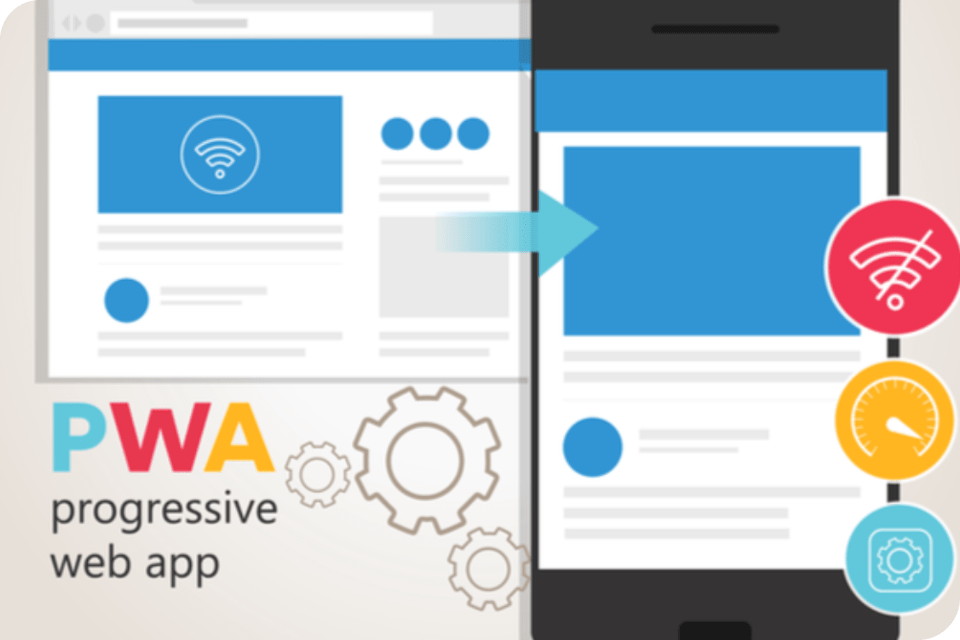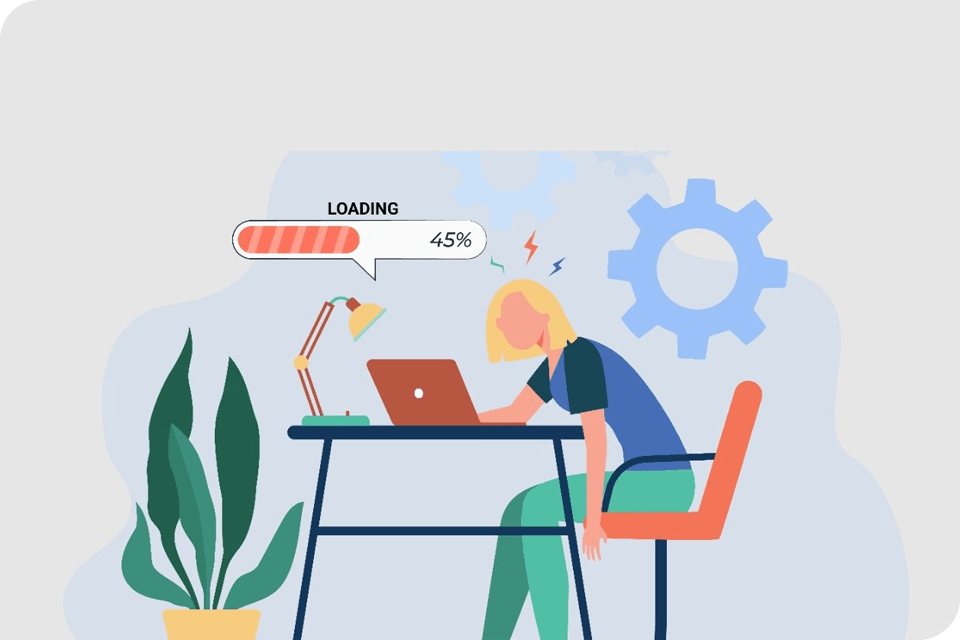Introduction
In the fast-paced world of pharmaceuticals, the significance of user experience cannot be overstated. Human-centered design (HCD) plays a pivotal role in shaping software applications that not only meet the clinical demands of healthcare professionals but also enhance their daily operations. This approach focuses intensely on the needs and preferences of the end-users, leading to software that is not only functional but also intuitive and user-friendly.

The Role of Human-Centered Design in Pharmaceutical Software
Human-centered design involves a framework of practices that prioritize the end-user’s experiences and needs at every stage of the design and development process. For pharmaceutical software, this means creating solutions that healthcare professionals can use efficiently in their unique work environments. HCD tackles specific challenges such as complicated data entry systems, poor interface layouts, and the high cognitive loads that can lead to errors and inefficiencies in a high-stakes industry.
Benefits of Human-Centered Design
The advantages of implementing human-centered design in pharmaceutical software are profound:
- Enhanced Usability: By focusing on the users, HCD helps in creating applications that are easier to navigate and require less time to master, which is crucial in fast-paced medical settings.
- Increased Efficiency: Software designed with the user in mind streamlines tasks and reduces the steps needed to complete them, thus saving valuable time and reducing the potential for error.
- Improved User Satisfaction: When software meets the users’ needs effectively, it naturally leads to higher satisfaction, which can boost the overall adoption and reliance on these digital tools.
Case Studies/Examples
Consider a hypothetical example where a pharmaceutical software designed with HCD principles enabled doctors to reduce the time needed to locate patient histories from minutes to seconds, demonstrating a direct impact on care efficiency. Real-life examples include EHR systems that have been redesigned to reduce clutter and simplify workflows, directly benefiting healthcare providers and their patients.
Conclusion: How Sidat Can Assist
Embracing human-centered design can transform pharmaceutical software, making it more intuitive and efficient. Sidat specializes in UX/UI design that prioritizes user experience, helping pharmaceutical companies create software that professionals love to use. Partner with Sidat to elevate your digital tools beyond mere functionality to true user-friendliness. Contact us to see how our expertise can benefit your project.







